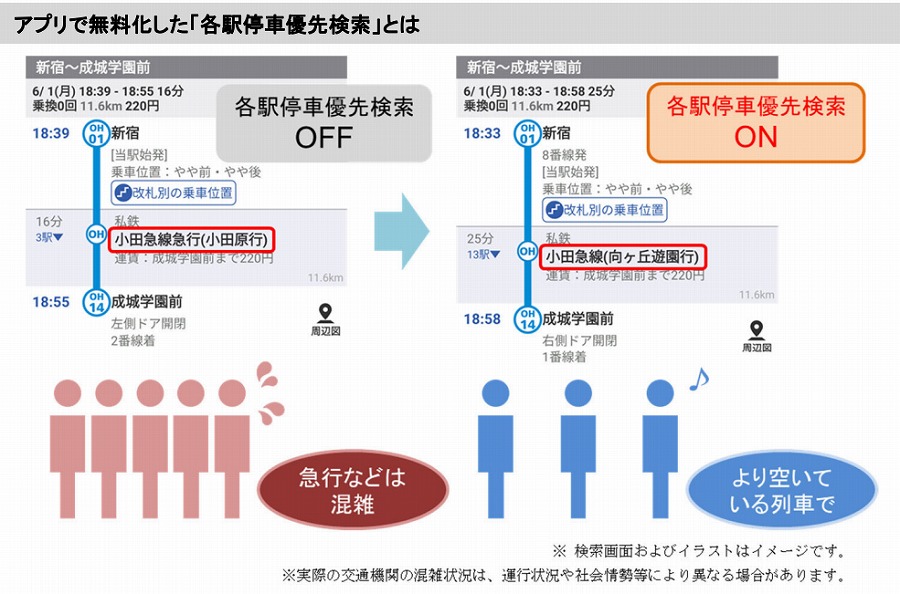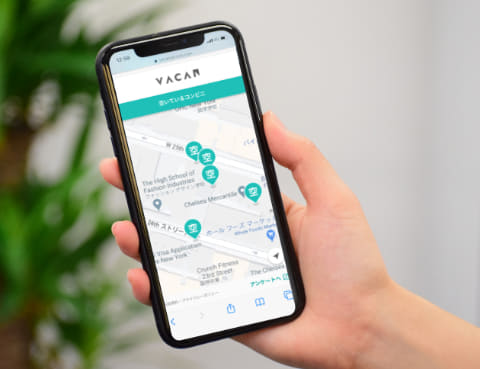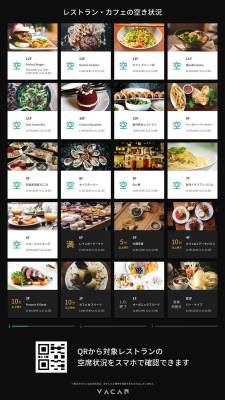- Belgium comes to Yamashita Park
- Residential Villa in Phuket Entices Remote Workers With Long-Stay Rates
- Rare pieces of French glass art at the Mirai Museum of Art
- Feast on fresh fish and seafood at the 2024 ‘Sakana’ Festival
- Would you like to ride in a Louis Vuitton gondola lift?
- Naked Snow Aquarium
- Festive lights at Yomiuriland will get you feeling the holiday vibes
AI is helping Japan navigate life during coronavirus.
Given that physical distancing and crowd density are found to be key factors in the new coronavirus spread, IT companies in Japan have been focusing on solutions that will keep the general public free from the risk of infection. Japan experts say cluster outbreaks emerge in locations where the 3Cs overlap (closed spaces with poor ventilation, crowded places with many people, and close contact settings such as close-range conversations).
Everyday, people who are not able to telework still have to ride trains, buy their food, go for medical check-up, eat out, and generally get on with their lives. Not everyone feels safe doing this. As more people are weighing the ‘ifs’ and ‘hows’ of going out, Tokyo Governor Koike’s advice to residents is still to stay home as much as possible. But if they go out, there are ways to avoid the 3Cs – with help from these apps.
Avoiding congestion in stores and supermarkets
A couple of months ago, Unerry Co., Ltd. which runs Beacon Bank, a big data platform, came up with a useful site https: //covid19.unerry.jp for shoppers. By inputting the store location on the search field, you will know in real time the congestion situation in popular shopping areas.
The company recently started providing congestion data of approximately 28,000 stores nationwide on a real-time, daily and weekly basis, through Yahoo Japan. The data hopes to provide information to as many people as possible even after the lifting of the state of emergency. The information is provided in Yahoo! MAP on iOS, Android and web version including “Yahoo! Loco” (smartphone version only).
Avoiding packed trains
Tokyo had hoped to solve the problem of crowded trains with staggered work hours, telecommuting, open carriage windows in trains and highly sanitized ticket vending machines. But all that is not enough in preventing a 2nd wave without train operators limiting the number of commuters which they have no plan to do. This has sparked fears among commuters whose only means of going to work is riding a train.
Express trains are notoriously packed during rush hours as most people choose the fastest route to work. This makes congestion on regular stopping trains (kakueki teisha) a safer option.
On June 3, Jorudan, a popular Japanese public transport route navigation website and apps, has launched an add-on in the search results that alert commuters of congestion level in trains. It used to be a paid function but is now being offered for free in the Japanese app version.
Avoiding crowded restaurants
Coronavirus has changed the future of restaurants. Despite people being free to eat out, the nationwide fear of crowding in places such as restaurants is being taken seriously. A week ago, VACAN released a restaurant-dedicated English platform that allows you to check the real-time congestion status of dining places in the city on your smartphone. The service is accessible by people in Tokyo, Osaka, Sapporo and Fukuoka and are being offered in manual and automatic versions. The manual version is free until October 31 afterwhich users are charged 2,980 yen (plus tax) for the service.
The manual terminal has three buttons, ’empty’, ‘slightly crowded’ and ‘full’. When a restaurant staff presses the button that matches the real-time situation, the information is automatically published on the site map. The pins on the map signifies the real-time congestion level at the restaurant you are searching. You can also access the management screen on the site without using the terminal.
The automatic type (paid version) uses a dedicated terminal making full use of AI and IoT by installing cameras and sensors in restaurants that sign up with Vacan. Waiting in line can heighten the risk of infection. With the newly developed Vacan NOline, diners on wait list can get a notification on their smartphone when it is near their turn. In order for restaurants to be able to offer this service to users, they will need to have an ipad and serial number printer installed for ¥200,000 (initial set-up) and a monthly fee of ¥10,000. However, restaurants who opt to sign up now get a ¥50,000 discount on initial set up and monthly cost waived until October 2020.













